Following a solid showing in our hardcore off-road test back in January, the very same Ineos Grenadier has now joined our long-term fleet.
Ineos makes a thing of how rugged and dependable it would like the Grenadier to be, so it arrived with 10,000 miles on it. We’ll add as many as we can for the full ownership experience.
I’m to be its custodian, for a couple of reasons. First is because I live in the sticks and keep some animals, so the other people here think I’m a yokel (do excuse me while I put the Nespresso pods out for recycling).
Second is they think I’m a sucker for a big and brash car that is more 4x4 than SUV. And on that count they would be right.

The Grenadier is a 4x4 rather than an SUV, if you want to make that distinction, and I think here it’s right to do so. Ours is in Fieldmaster trim, and like all Grenadiers it has a separate body and chassis, live front and rear axles and a low-ratio transfer case, plus here we have three manually lockable diffs.
The engine is a BMW-sourced 3.0-litre turbo petrol with 282bhp at just 4750rpm and 332lb ft from 1750rpm through to 4000rpm. It drives via an eight-speed automatic.
The powertrain is just one example of how Ineos looked beyond itself when it came to the Grenadier. Well-known automotive giant Magna Steyr was appointed as development partner, while the beam axles come from Carraro, experts in ‘off-highway’ drivelines. Basically it’s all super-rugged stuff.
It is, then, more than capable of the things I’ll be asking of it in my daily life, which means I’ll be going literally and figuratively out of my way to challenge it in order to find out just what it’s made of and take it outside its comfort zone.

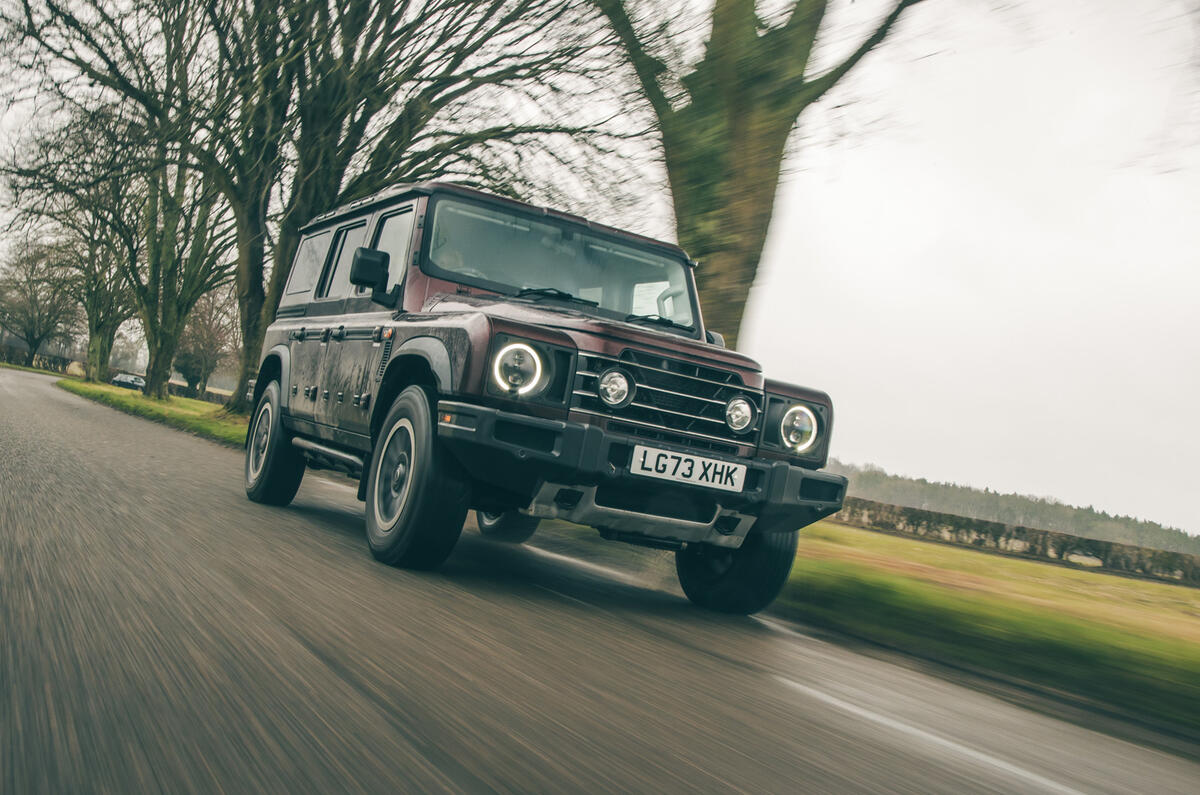


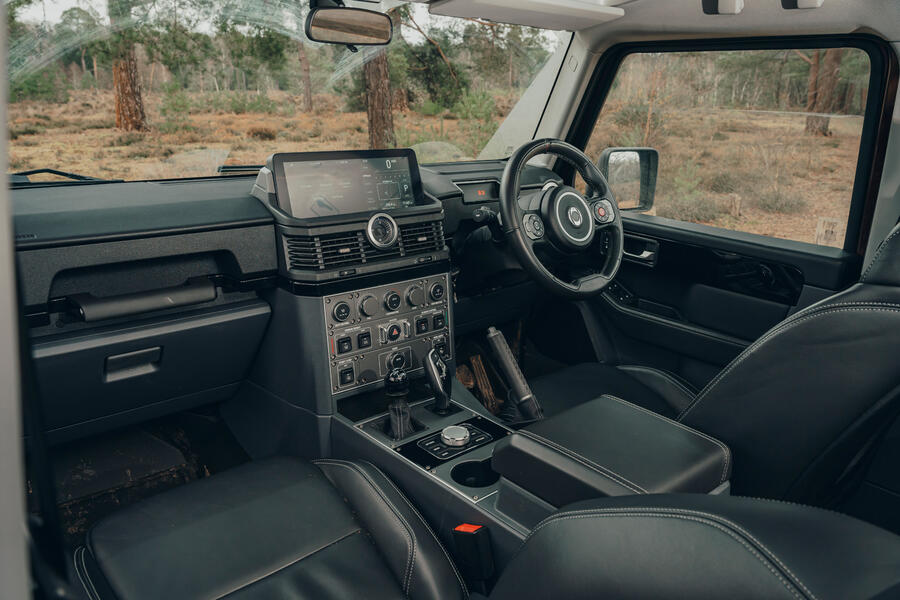
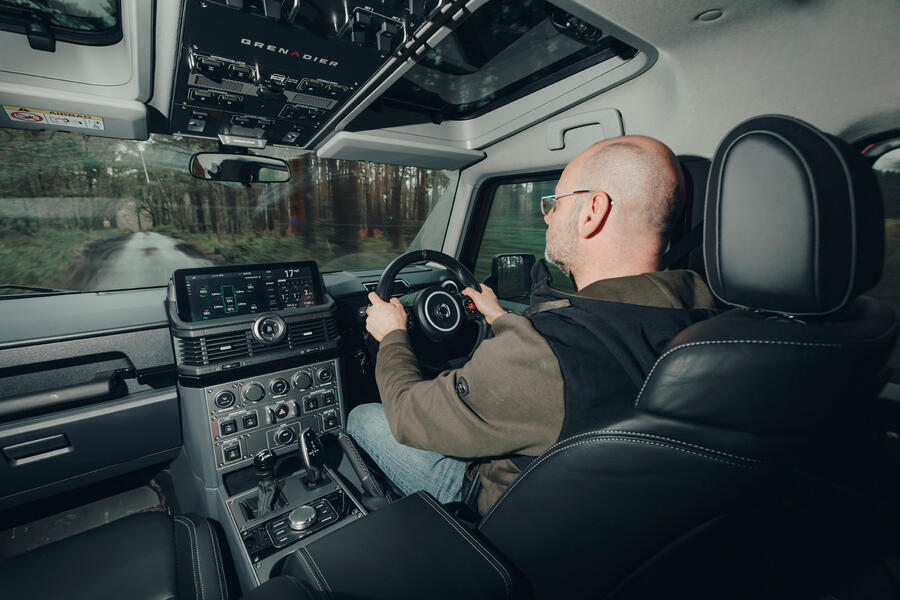
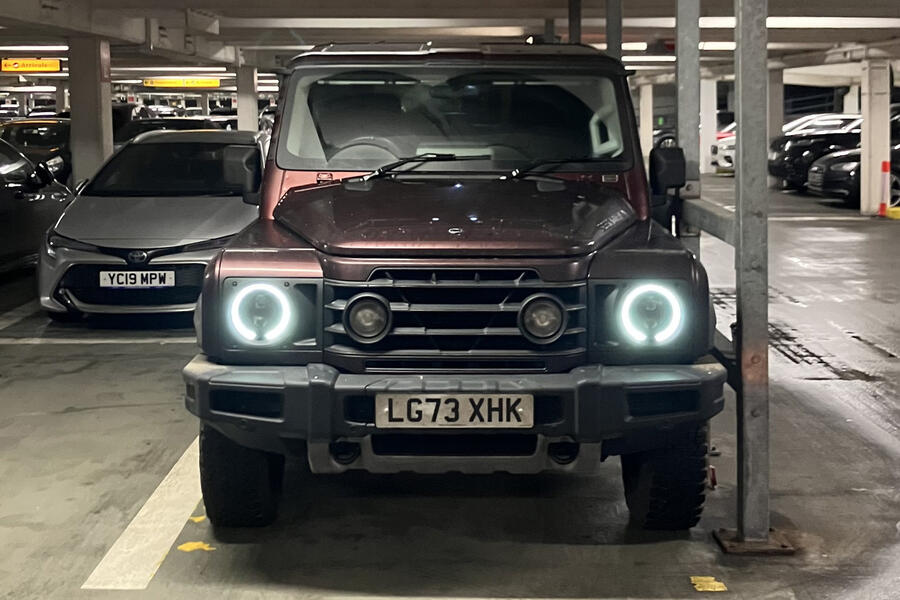







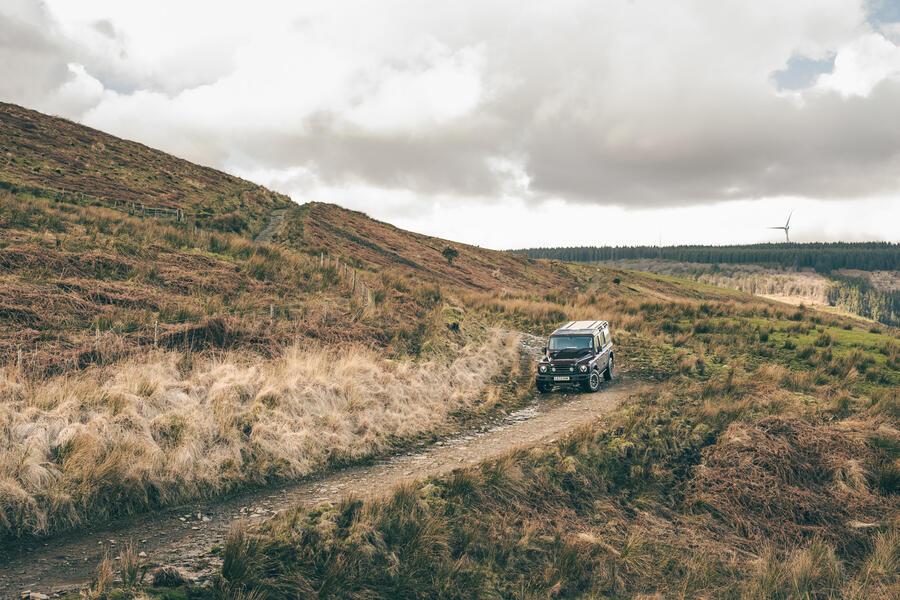




Join the debate
Add your comment
20 mpg, never has an engine been so mis-matched to a cars target audience.
The utilitarian buyer will go for the more frugal diesel, the lifestyle buyer will go for the thirstier petrol. It makes sense to sell both engine types.
Other reviewers say the diesel gave them 22.5mpg, but they also only got 19mpg in the petrol. Matt obviously got better MPG, but also he's driving slower that most would.
With diesel being more expensive per litre, there may be very little in it for running costs.
So at the end of the road both diesel and petrol are expensive and inefficient for the job in hand.
Obviously not according to sales figurers.